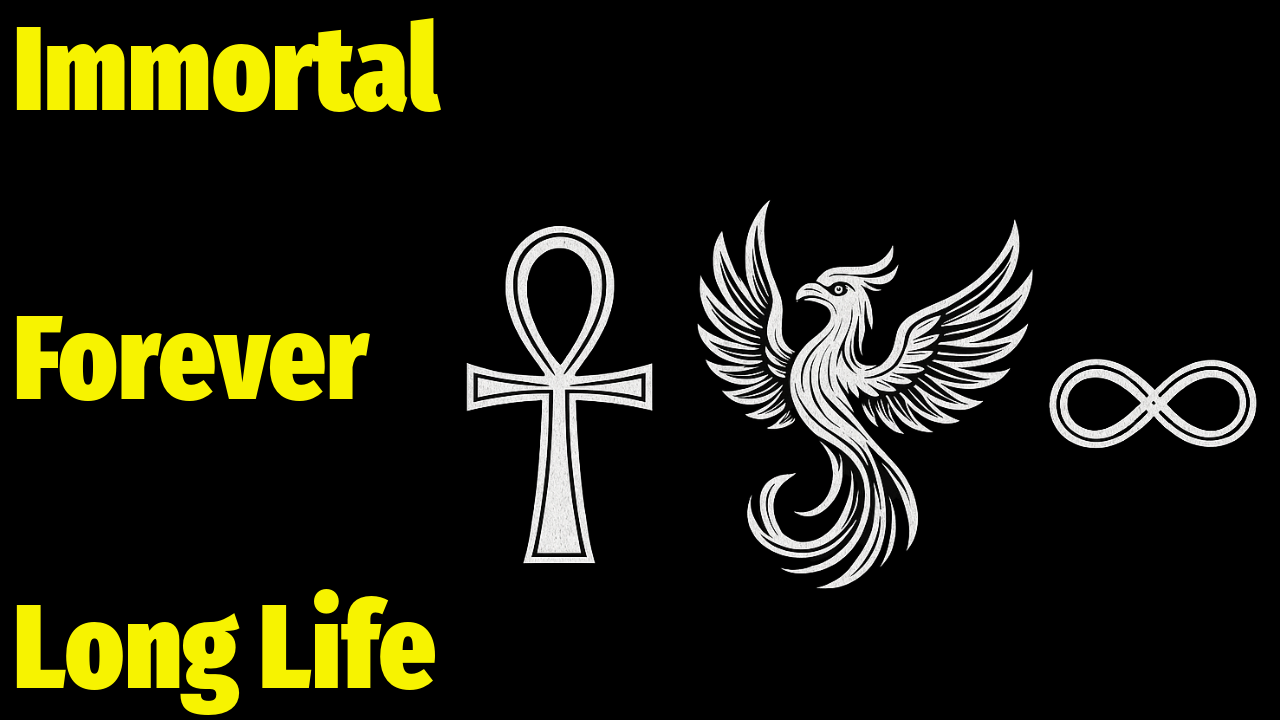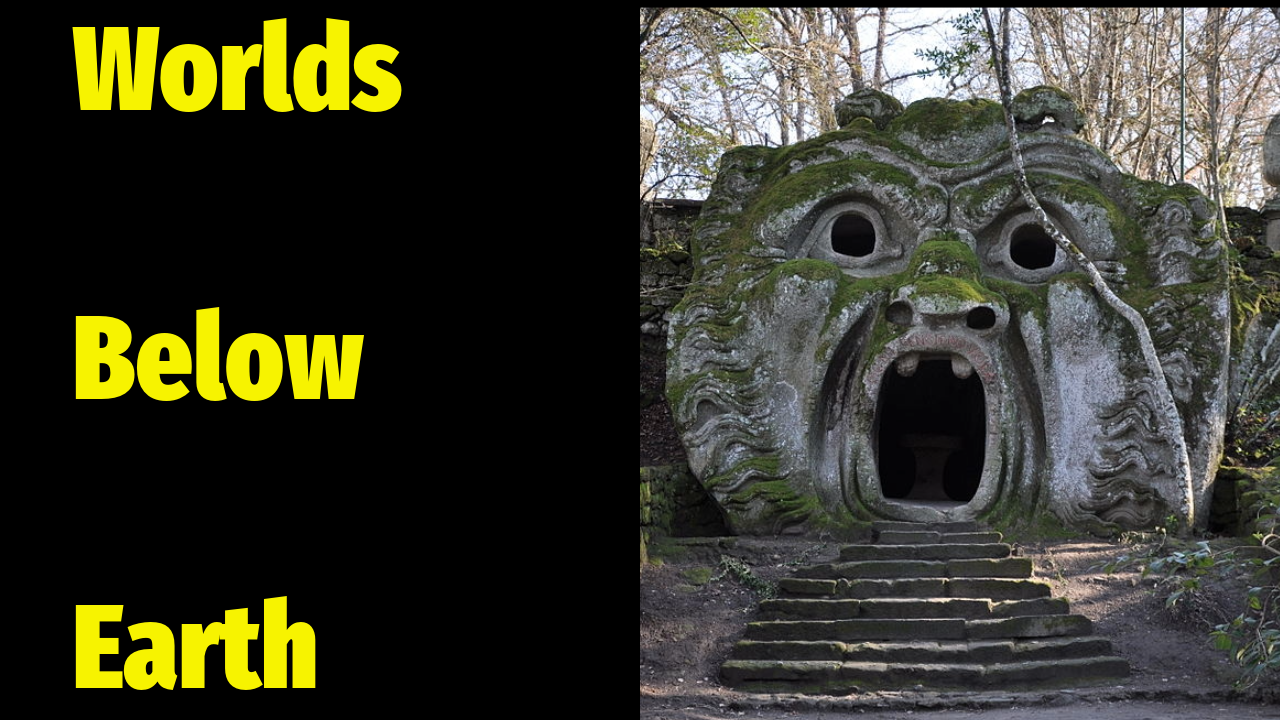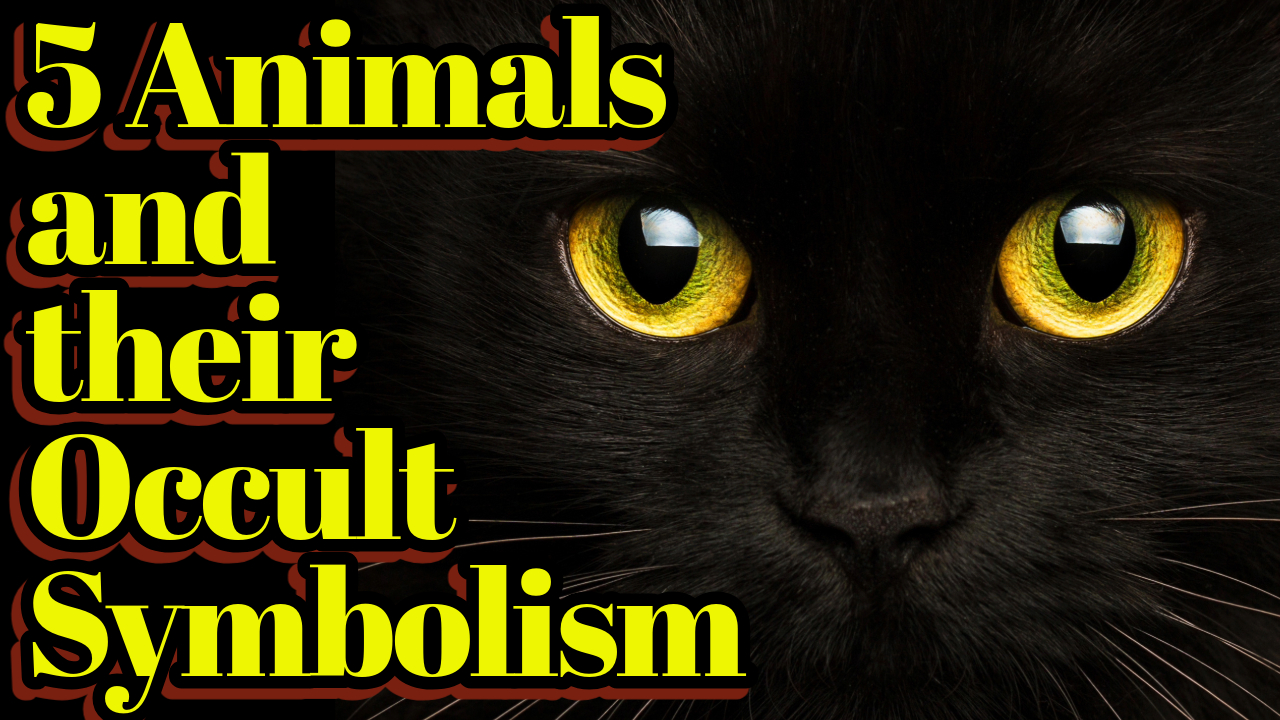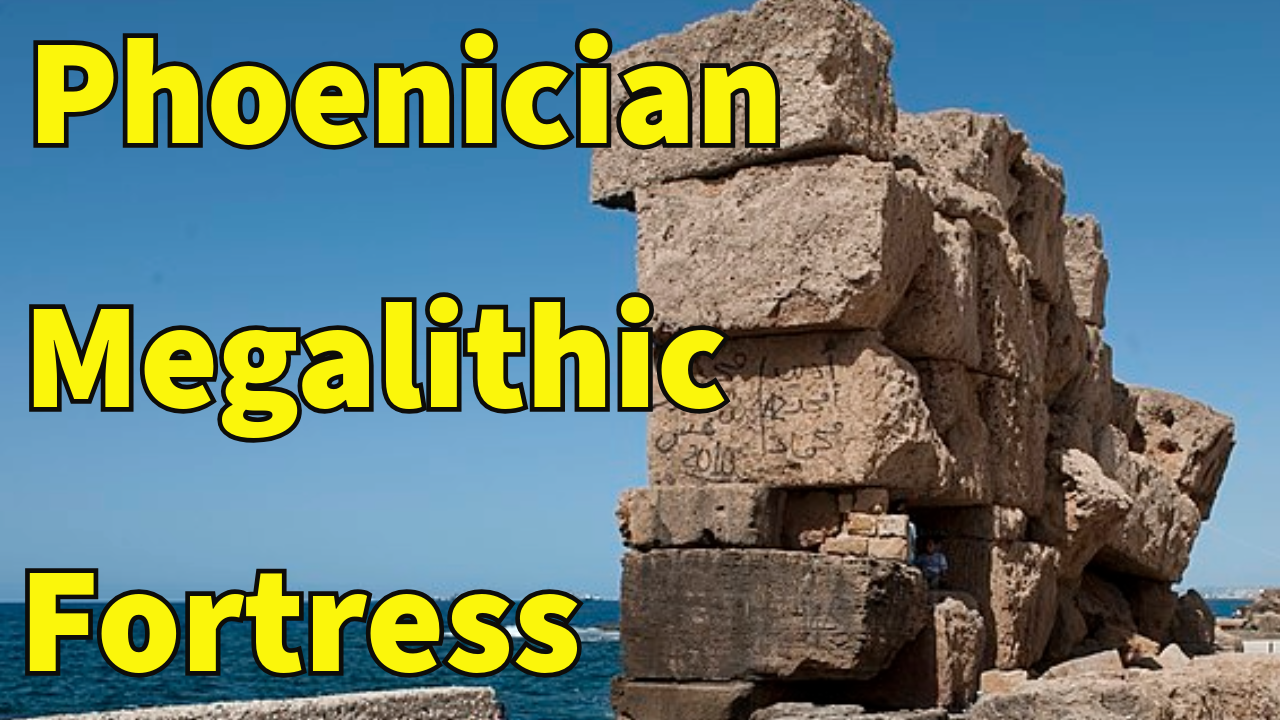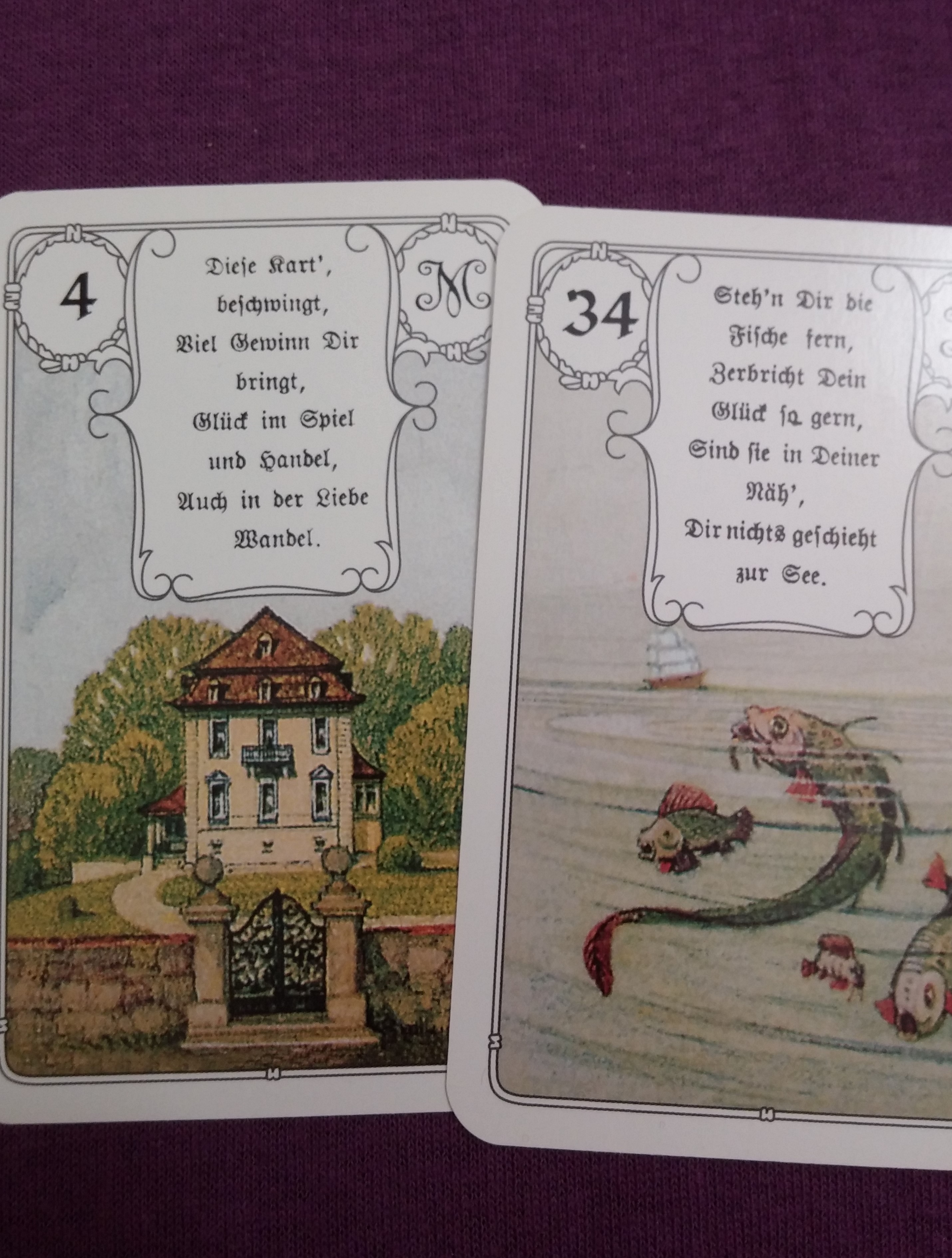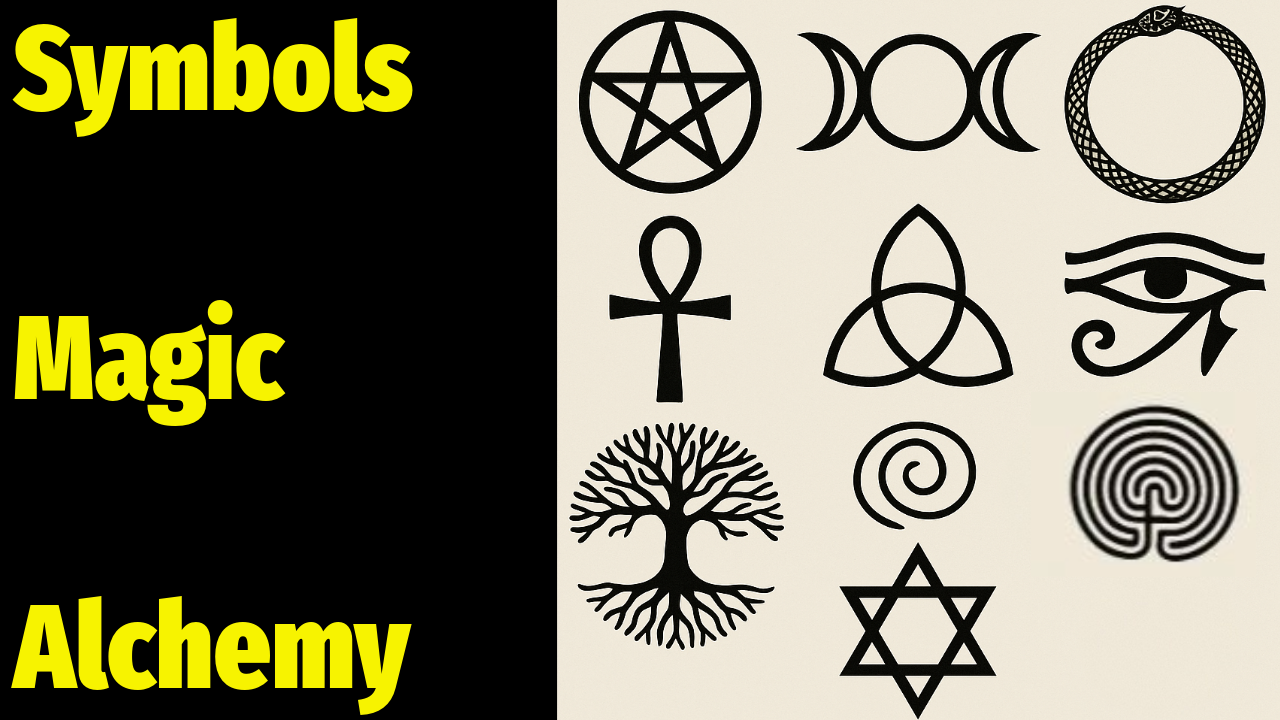
Magic and Alchemy have long been intertwined with symbols—visual keys that unlock hidden energies, connect the mundane with the mystical, and serve as conduits for personal transformation. Whether used in rituals, meditation, or talisman creation, these symbols carry meanings that have evolved over centuries, transcending cultures and belief systems. In this article, we’ll explore ten powerful symbols in magic—from the pentagram to the labyrinth—and delve into their origins, interpretations, and practical uses in modern esoteric practices.
1.The Pentagram
Origins and History:
The pentagram, coming from the Greek word pentagrammon, is a five-pointed star, its perhaps one of the most recognized symbols in magical and mystical traditions. Its origins stretch back to ancient civilizations, being found in places such as Sumerian pottery, found in the Liangzhu culture in China and in Chinese musical texts, found on vases from ancient Greece and by the Pythagoreans, who saw mathematical and geometric perfection in the shape. Over time, it evolved into a potent emblem in both Western occultism and modern Pagan traditions, with the first documents depicting pentacles being the 16th-century grimoires called the Heptameron and the Key of Solomon. Pentacles can also be found in Tarot and relate to the earth element, or material world.
Meaning and Interpretation:
The pentagram is often associated with balance and protection. Each of its five points can represent the five elements: earth, air, fire, water, and spirit, symbolizing the integration of the material with the spiritual. In many magical practices, the pentagram is used as a protective talisman—a barrier against negative energies and often used in ritual space to create sacred boundaries. Its duality is also significant; a reversed pentagram has a tendency to be misinterpreted as a symbol of evil, however it can symbolize a descent into the material or the darker aspects of existence, being used in specific rituals of manifestation and earth-based focus.
In this way, the inverted pentagram is sometimes reclaimed as a symbol of personal transformation and the inversion of oppressive power structures.
Modern Uses:
- Protection: Carved into doorways or drawn on paper as a means to shield a space from unwanted energies.
- Meditation: Focused upon to balance the physical and spiritual realms, fostering a sense of wholeness and grounding.
- Ritual Work: Used in circle casting to create sacred spaces and establish a connection with elemental forces.
2. The Ankh
Origins and History:
The Ankh, also known as the “key of life,” is an ancient Egyptian symbol resembling a cross with a loop at the top. It is one of the most enduring symbols from ancient Egypt, representing life, immortality, the union of opposites, and the flowing balance of masculine and feminine energy.
Ancient Egyptian gods are often depicted holding the ankh, showing their role as life-givers and sustainers of cosmic order.
Depicted in the hands of gods and pharaohs alike, the Ankh was a symbol of divine power and cosmic balance.
Meaning and Interpretation:
At its core, the Ankh signifies the eternal nature of life and the interconnectedness of all existence. It is often seen as a key to unlocking the mysteries of the universe and understanding the cyclical nature of life and death. The loop symbolizes the sun, the giver of life, while the vertical line represents the connection between the earthly and the divine.
In modern esoteric work, the ankh is used to channel divine energy and is believed to enhance spiritual awareness and healing.
Modern Uses:
- Amulets: Worn as jewelry to enhance vitality and spiritual well-being.
- Meditation Tools: Used to focus energy during meditation sessions, aiding in the contemplation of life’s mysteries.
- Art and Decor: Integrated into home decor to remind inhabitants of the eternal cycle of life and the presence of the divine in everyday life.
3. The Triple Moon
Origins and History:
The Triple Goddess is a central archetype in modern Paganism and Wicca, embodying the three primary stages of a woman’s life: Maiden, Mother, and Crone. While the concept has roots in classical mythology (such as the Greek Moirai or the Roman Fates), it was popularized in modern occultism by writers like Robert Graves and Doreen Valiente. This tripartite goddess structure represents not only the feminine life cycle but also the cycles of the moon and the natural rhythms of life.
Meaning and Interpretation:
- The Maiden symbolizes youth, new beginnings, curiosity, and growth—corresponding to the waxing moon.
- The Mother represents fertility, nurturing, creation, and abundance—aligned with the full moon.
- The Crone is the experienced and wise elder, symbolizing endings, introspection, transformation, and death—associated with the waning moon.
The archetypes (Maiden/Mother/Crone) are sometimes associated with different Goddesses from various cultures as being aspects or phases of them, such as the Greek goddesses Artemis (the Maiden), Selene (the Mother), and Hecate (the Crone).
Together, they reflect the eternal cycle of birth, life, death, and rebirth, echoing nature’s rhythms and the lunar phases. The Triple Goddess is also a powerful symbol of divine femininity, sacred transformation, and intuitive wisdom.
Modern Uses:
- Rituals: Honored during full moons and sabbats as a representation of feminine energy and natural cycles.
- Altars: Practitioners often place three candles or statues representing each aspect of the goddess.
- Personal Reflection: Used as a framework for understanding one’s own phases of life or for journaling and shadow work.
- Lunar Magic: The Triple Goddess is invoked during moon rituals to align with different phases of growth, manifestation, and release.
For more information and to delve deeper into the meaning of the triple moon, you can check this video here.
4. The Vesica Piscis
Origins and History:
The Vesica Piscis is an ancient geometric symbol created by the intersection of two equal circles, where the center of each lies on the circumference of the other. The resulting almond shape also called a “mandorla” in Italian, has been found in sacred art and architecture dating back thousands of years, from ancient Christian iconography to Egyptian and Pythagorean symbolism.
The term was popularized by the 16th-century German artist Albrecht Dürer. And the Latin phrase vesica piscis, meaning “fish bladder,” is a direct translation of the German word Fischblase, which originally described the curved, fish-bladder-like shapes found in Gothic window tracery.
Meaning and Interpretation:
At its core, the Vesica Piscis represents the union of opposites: the merging of dualities such as masculine and feminine, spiritual and material, or conscious and unconscious. This overlapping area is considered the “birthplace” of creation—symbolizing the divine womb from which all existence emerges. In sacred geometry, it’s a gateway between realms—a liminal space that represents balance, potential, and manifestation.
The Vesica is also deeply linked to the sacred feminine, as its shape resembles the yoni or vulva, reinforcing its symbolism of fertility, divine birth, and creation.
The most common uses of the vesica piscis can be seen in Christianity, representing the womb. It can also be seen in the Flower of Life and the Merkaba.
Modern Uses:
- Meditation and Visualization: Used as a portal or energetic gateway in visual meditations to connect with higher realms or divine knowledge.
- Sacred Geometry: Incorporated into spiritual diagrams or mandalas to illustrate balance, divine unity, and harmony.
- Art and Architecture: Frequently found in stained glass windows, spiritual artwork, or altar designs to invoke sacred symmetry.
- Spiritual Symbolism: Used by mystics and occultists as a visual key to understanding the blending of dualities and the emergence of spirit into matter.
5. The Ouroboros
Origins and History:
The Ouroboros, depicted as a serpent or dragon eating its own tail, is one of the oldest mystical symbols, with roots in ancient Egyptian, Greek, and alchemical traditions. The term derives from Ancient Greek οὐροβόρος, from οὐρά oura ‘tail’ plus -βορός -boros ‘-eating’.
It symbolizes the cyclical nature of existence, the eternal cycle of birth, death, and rebirth, and the unity of opposites.
Meaning and Interpretation:
The Ouroboros represents infinity and the perpetual nature of the universe. It is a reminder that all beginnings have an end, and every end, in turn, is a new beginning. This symbol is particularly powerful in alchemical contexts, symbolizing the process of transformation where base materials are refined into something pure and exalted.
One of the first known representations of the ouroboros, can be found on one of the shrines enclosing the sarcophagus of Tutankhamun. The symbol can also be found on the Seal of the Theosophical Society, founded in 1875, on A Transylvanian thaler minted under Gabriel Bethlen, featuring his portrait and coat of arms, with an ouroboros depicted at the center of the shield and on the Flag of the short-lived Italian Regency of Carnaro at Fiume.
Modern Uses:
- Spiritual Reflection: Meditating on the Ouroboros to understand the cyclical patterns in one’s life and to embrace change.
- Alchemy and Transformation: Incorporating the symbol into rituals aimed at personal transformation or healing.
- Artistic Expression: Used in jewelry, tattoos, and art as a representation of eternal cycles and unity.
6. The Eye of Horus/Eye of Ra
Origins and History:
In ancient Egyptian tradition, the sun and moon were often described as the “eyes” of certain deities. For example, the right eye of Ra-Horus—a fusion of the gods Ra and Horus, also known as Ra-Horakhty—was associated with the sun, while the left eye was linked to the moon. The Egyptians sometimes referred to the moon as the “Eye of Horus” and the sun as the “Eye of Ra,” with Ra being the dominant solar deity in their pantheon. Both of these divine eyes were symbolized by the wedjat, a stylized human eye featuring the falcon-like facial markings of Horus.
The Eye of Horus, is known as left wedjat eye or udjat eye and The eye of Ra is known as the right wedjat eye) These emblems have been used for millennia as protective signs and symbols of royal power, health, and restoration.
Meaning and Interpretation:
The ancient Egyptian god Horus is associated with the sky and represented as a falcon and recognized as the god of kingship, healing, protection, the sun, and the sky .He was thought to be the ruler of all Egypt. Ra was portrayed as a falcon and shared characteristics with the sky-god Horus. Ra is thought to have been the creator of all life.
At times, these solar and lunar eyes were symbolically linked to Egypt’s red and white crowns. In some writings, the Eye of Horus appears to be used interchangeably with the Eye of Ra—though in other contexts, the Eye of Ra is a distinct symbol of the sun god Ra’s power, often personified as a goddess.
Traditionally, the Eye of Horus represents protection, healing, and wisdom. The various parts of the eye were believed to correspond to different senses and aspects of the human body, thereby offering holistic protection. It also symbolizes the ability to see beyond the surface, tapping into hidden truths and inner wisdom.
The Eye of Ra is celebrated for its remarkable power, a force believed to protect, purify, and transform, but also with the power to create.
Modern Uses:
- Protection Amulets: Frequently worn as jewelry to ward off negative energies and promote good health.
- Divinatory Practices: Used in meditation or ritual work to enhance intuitive abilities and deepen spiritual insight.
- Decorative Art: Integrated into home decor to infuse a space with ancient protective energies.
7. The Tree of Life
Origins and History:
The Tree of Life is a universal symbol found in many spiritual traditions, including Kabbalah, Norse mythology, and various indigenous cultures. In the Kabbalistic tradition, it represents the structure of the universe and the path of spiritual ascent. The Tree of Life (Hebrew: עֵץ חַיִּים, ʿēṣ ḥayyim, or אִילָן, ʾilān, means tree is a diagram used in Rabbinical Judaism.
It is commonly called the “Kabbalistic Tree of Life” to differentiate it from the Tree of Life mentioned in the Genesis creation story—where it appears alongside the Tree of the Knowledge of Good and Evil—as well as from the universal Tree of Life archetype found in various cultures.
Meaning and Interpretation:
The Tree of Life symbolizes the interconnectedness of all life, illustrating how each part of the universe is interwoven with every other. In Kabbalah, it is divided into ten sefirot (sphererot) (spheres), each representing a different aspect of existence—from divine wisdom to earthly manifestation. This symbol encourages balance, growth, and the pursuit of higher understanding.
Modern Uses:
- Spiritual Growth: Used in meditation to visualize the journey of the soul and the process of enlightenment.
- Symbolic Art: Featured in personal art, tattoos, or home decor to remind practitioners of the interconnected nature of life.
- Ritual Work: Incorporated into rituals to enhance clarity, balance, and unity in one’s spiritual practice.
8. The Spiral
Origins and History:
The spiral is one of the oldest symbols known to humanity, found in prehistoric cave art, Celtic monuments, and ancient architecture. The word spiral comes from the Greek σπείρα (speíra) meaning “wreath, coil, twist and Its a recurring pattern across cultures is used as a symbol of evolution, growth, expansion and the unfolding of life. The spiral is what shapes our lives.
Meaning and Interpretation:
Spirals symbolize movement around a central point while gradually expanding outward. Spiritually, the spiral represents interconnectedness and the flow of energy originating from the source of creation.
Long regarded as a sacred symbol, the spiral signifies growth, expansion, motion, and progress. It reflects the cyclical nature of evolution, where patterns repeat in rhythmic cycles. The spiral evokes an archetypal journey of transformation and growth, both in the physical and spiritual realms.
There are Some ancients spirals that can be found around the world. One of the oldest known spiral carvings appears on the entrance stone at Newgrange, a prehistoric monument in County Meath, Ireland, dating back to around 3200 BC. Constructed during the Neolithic period, Newgrange predates both the Egyptian pyramids and Stonehenge.
The Great Triple Spiral, or An Thríbhís Mhòr, symbolizes the three realms of the Gaelic cosmos: land, sea, and sky. This triple-spiral design is also known as the Triskele or Triskelion. Many ancient examples of this Celtic symbol have endured over time, carved into stone and found throughout Ireland, the British Isles, and Galicia.
Modern Uses:
- Meditative Focus: Gazing at a spiral can aid in centering the mind and opening up channels for creative and spiritual inspiration.
- Energy Work: Employed in rituals to symbolize the flow of energy and the cyclical nature of transformation.
- Decorative Symbolism: Incorporated into artwork, tattoos, and designs to serve as a reminder of growth and evolution.
9. The Hexagram
Origins and History:
The hexagram, Often mistakenly identified only as the “Star of David, is a six-pointed geometric star figure formed by two overlapping triangles. It has been a potent symbol in many mystical traditions, most notably in Jewish Kabbalah as the Seal of Solomon, but It is also found in many other places.
In Hindu and Buddhist iconography, it often represents the union of opposites. For example, In Sanskrit, the two elements are known as “Om” and “Hrim,” symbolizing humanity’s position between earth and sky. The downward-pointing triangle represents Shakti, the divine essence of feminine energy, while the upward-pointing triangle signifies Shiva, or Agni Tattva, embodying the concentrated force of masculine energy. Their sacred union forms a powerful symbol of Creation, representing the cosmic merging of male and female principles.
The hexagram can be seen in certain churches and stained-glass windows, where it is sometimes referred to as the Star of Creation in Christian tradition. An early example, noted by Nikolaus Pevsner, appears in Winchester Cathedral, England, carved into one of the choir stall canopies around the year 1308.
Interestingly, in Southern Germany you can find the Brauerstern (brewer’s star) – a symbol of the brewers guild – or the association of brewers and maltsters.
Back in the middle ages brewing beer was considered a type of alchemy, – the mixing of water, fire and air, along with others being water, malt and hops. The hexagram was a sign of alchemy, symbolizing the reconciliation of the opposite elements of fire and water.
The hexagram also protected again fire and demons in the middle ages – Fires were a common threat to medieval towns and there were always accidents when brewing beer so to ensure success they used the hexagram.
Meaning and Interpretation:
The hexagram symbolizes the harmony of dualities—the intersection of the spiritual and the material, the union of the masculine and the feminine, above and below, and the active and receptive forces of nature. In many occult traditions, it is used as a tool for invoking divine protection and balance. The interlocking triangles represent the convergence of energies that create unity and perfection.
Modern Uses:
- Magical Rituals: Employed in ceremonies and protective rituals to harness balanced energies.
- Meditative Symbols: Focused upon during meditation to cultivate inner harmony and the integration of opposites.
- Artistic Design: Popular in jewelry and art, serving as a constant reminder of the balance inherent in nature and the cosmos.
10. The Labyrinth
Origins and History:
The labyrinth, also lightly synonymous to maze in English, has origins that can be traced back to ancient Crete. In Greek mythology, the Labyrinth (Ancient Greek: λαβύρινθος, romanized: Labúrinthos) is a complex, maze-like structure created by the famed inventor Daedalus for King Minos of Crete at Knossos. Its purpose was to imprison the Minotaur, the creature ultimately slain by the hero Theseus. Daedalus designed the Labyrinth so ingeniously that he himself barely managed to escape it after its completion.
Today, the labyrinth as a symbol is not about reaching a destination but rather about the journey itself. It has been used in various cultures around the world as a tool for contemplation and transformation.
Meaning and Interpretation:
The labyrinth represents the path of life—a winding journey filled with unexpected turns, challenges, and moments of clarity. Unlike a maze, which is designed to confuse, the labyrinth offers a single, meditative path that leads inward. It invites practitioners to slow down, embrace the process of self-discovery, and trust that every twist and turn has purpose.
Some famous labyrinths one can visit today include stonelabyrinths of Bolshoi Zayatsky Island, which are at least 2000-3000 years old, the Chartres Cathedral Labyrinth which is Located in France and dates back to 1205 and the Dunure Castle Labyrinth in Scotland, a modern labyrinth in the midst of castle ruins.
Modern Uses:
- Walking Meditations: Many spiritual traditions use labyrinth walking as a form of moving meditation, helping individuals focus their thoughts and release stress.
- Ritual Spaces: A labyrinth can be drawn or constructed in a ritual space as a tool for introspection and healing.
- Art and Sculpture: Incorporated into garden designs, public art, or personal meditation spaces to serve as a physical reminder of life’s journey and the importance of mindful progress.
The realm of magic and esoteric arts is vast, and symbols serve as the shorthand of this mystical language. Symbols are found all around us in the most unlikely places. By tuning into our external world, we can embrace the energy of these ancient symbols and utilize them in our daily lives, tapping into the magic of these designs and patterns.
Whether you’re drawn to the protective power of the pentagram, the eternal promise of the Ankh, or the transformative journey symbolized by the labyrinth, each emblem carries a rich history and a multitude of interpretations. By exploring these ten symbols, you can deepen your understanding of both ancient wisdom and your personal spiritual journey.
May their wisdom illuminate the path to personal growth, balance, and transformation.
So which is your favorite symbol on this list? Are there any other symbols you’ve had a personal experience with? Let us know in the comments below and share this post!!!
Check our website for consultations, tarot readings, exclusive videos, courses, occult related items and more!!!
Video version with images here:
10 Powerful Symbols in Magic and Alchemy and What They Mean
Interesting sources, additional info, courses, images, credits, attributions and other points of views here:
Balancing and Healing the Chakras through Yoga https://www.udemy.com/course/balancing-and-healing-the-chakras-through-yoga/?referralCode=12C81A148616B419AA06
Mudras to Balance and Harmonize your Chakras and Energy Body https://www.udemy.com/course/mudras-to-balance-and-harmonize-your-energy-body/?referralCode=1A275C6E67E05E8C8130
Elemental Energy for Success and Well Being https://www.udemy.com/course/elemental-energy-for-success-and-well-being/?referralCode=A680413E03BEAD96E744
Book a Tarot reading here: https://www.suryaholistictarot.com/book-a-reading/
Check our soundtracks here:
https://lennyblandino.bandcamp.com/track/fire-meditation-1
Websites:
https://www.staciebronson.com/
Links, Pics and References:
https://en.wikipedia.org/wiki/Ankh
https://en.wikipedia.org/wiki/Triple_Goddess_(Neopaganism)
https://en.wikipedia.org/wiki/Ouroboros
https://en.wikipedia.org/wiki/Horus
https://en.wikipedia.org/wiki/Eye_of_Ra
https://en.wikipedia.org/wiki/Tree_of_life_(Kabbalah)
https://en.wikipedia.org/wiki/Hexagram
https://en.wikipedia.org/wiki/Stone_labyrinths_of_Bolshoi_Zayatsky_Island
https://www.thehourofwitchery.com/post/the-maiden-mother-crone-the-triple-goddess-explained
https://mythcosmologysacred.com/wp-content/uploads/2020/07/Janice-Emmot-Creative-Project-Review.pdf
https://www.entertheearth.com/seedoflife/
https://jakadatoursegypt.com/the-eye-of-ra/
https://spells8.com/sacred-spiral-meaning/
http://www.brauerstern.de/html/brauerdarstellungen.html
